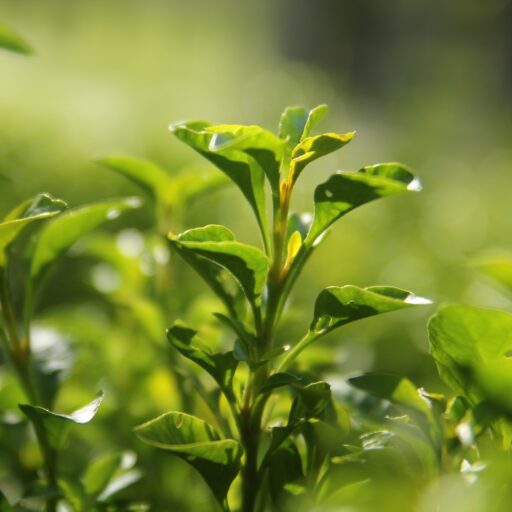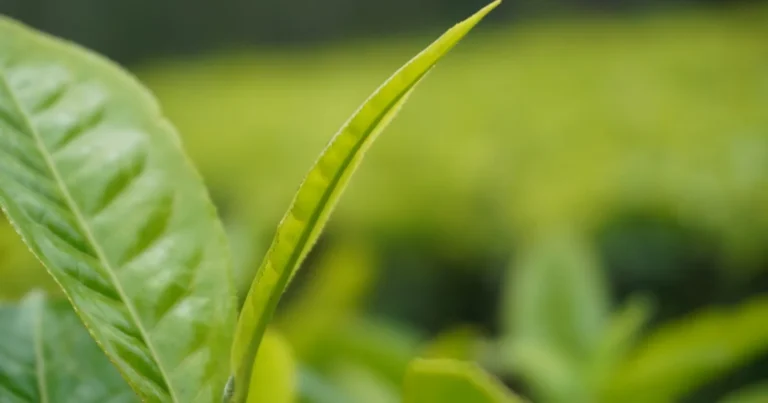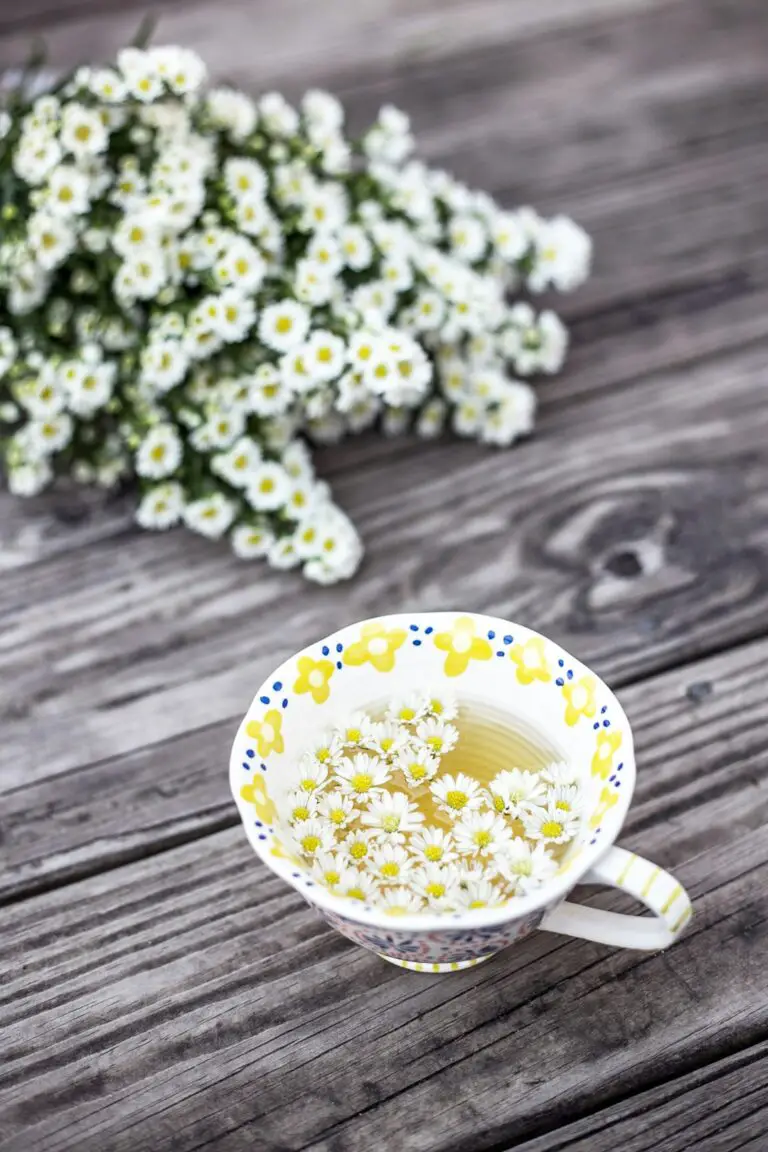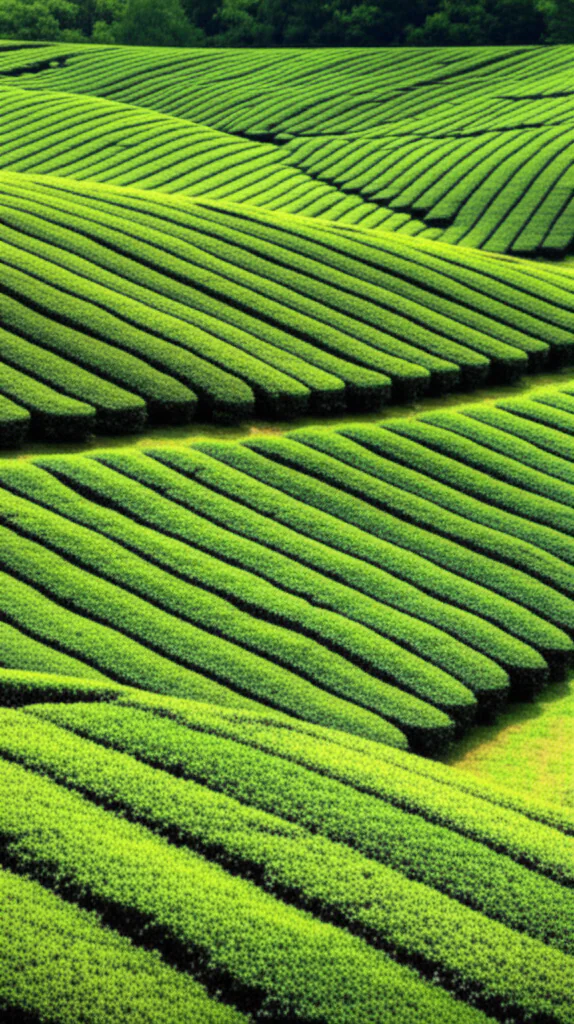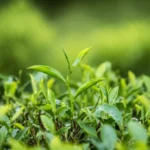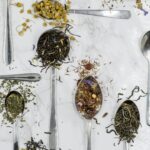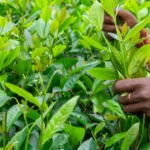Support our educational content for free when you purchase through links on our site. Learn more
Where to Buy Tea Plants: 6 Best Sources for Your Home Garden 🌱 (2025)
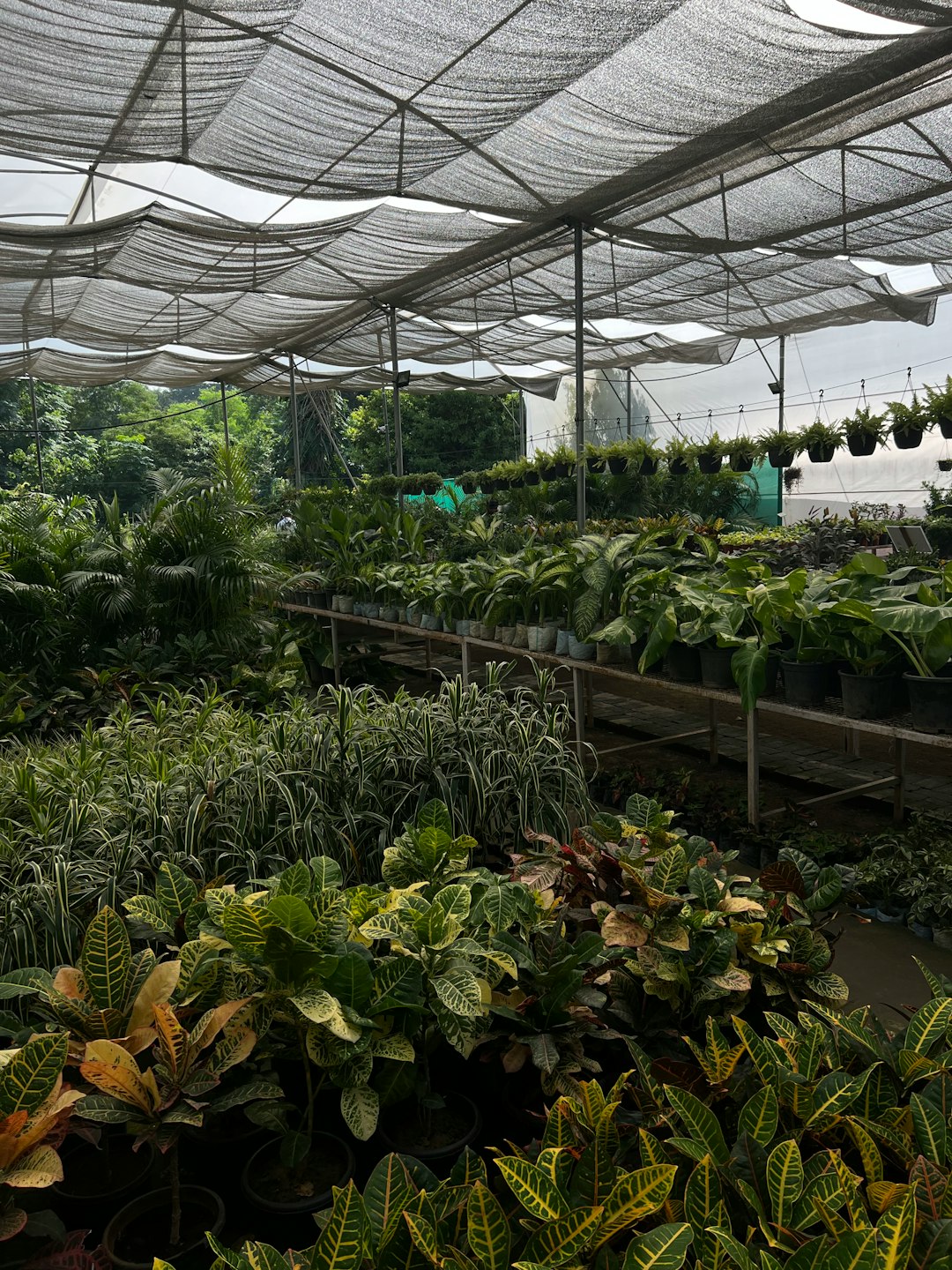
Ever wondered where to buy tea plants that actually thrive and reward you with fresh, flavorful leaves? We’ve been there—excited to grow our own tea, only to end up with scraggly bushes or mystery plants that tasted nothing like tea. But after years of hands-on experience at Growing Teas™, we’ve uncovered the six best places to buy healthy, high-quality tea plants—from trusted specialty nurseries to local hidden gems. Whether you’re a seasoned green thumb or a curious beginner, this guide will help you find the perfect tea plant to start your own brewing adventure.
Did you know that tea plants (Camellia sinensis) can take up to three years before you can harvest your first leaves? That’s why choosing the right plant from a reliable source is crucial. Stick around as we reveal insider tips on spotting healthy plants, preparing your garden, and avoiding common pitfalls. Your journey from bush to brew starts here!
Key Takeaways
- Specialty nurseries like Camforest and Tregothnan offer the highest quality tea plants with proven cultivars and expert guidance.
- Online marketplaces can be hit or miss—always check reviews and seller reputation before buying.
- Local nurseries, botanical gardens, and plant swaps are great for hands-on selection and community support.
- Healthy tea plants have vibrant green leaves, strong roots, and are pest-free.
- Tea plants thrive best in USDA zones 7-9 with acidic, well-drained soil and partial shade.
- Patience and proper care are essential—expect 2-3 years before your first harvest.
Ready to shop?
- Camforest Tea Plants: Amazon | Camforest Official Website
- Tregothnan Tea Bushes: Tregothnan Official Website
- Fast Growing Trees Camellia sinensis: Amazon | Fast Growing Trees Official Website
Table of Contents
- ⚡️ Quick Tips and Facts
- 🌱 The Allure of Growing Your Own Tea: A Journey from Bush to Brew
- 🌿 Understanding Tea Plants: Decoding Camellia sinensis Varieties
- 💻 Where to Buy Tea Plants Online: Our Top Picks & Trusted Sources
- 🏡 Buying Tea Plants Locally: Exploring Your Community Options
- 🔍 What to Look For When Buying a Tea Plant: Ensuring a Healthy Start
- 🌎 Choosing the Right Tea Plant for Your Climate and Space: A Perfect Match
- 🛠️ Preparing for Your New Tea Plant: Soil, Site, and Essential Supplies
- 📦 Bringing Your Tea Plant Home: Acclimation and Initial TLC
- ⚠️ Common Pitfalls When Buying Tea Plants (and How to Avoid Them!)
- 💚 Beyond the Purchase: Nurturing Your Tea Plant for a Bountiful Harvest
- 🎉 Conclusion: Your Journey to Homegrown Tea Begins!
- 🔗 Recommended Links: Dive Deeper into Tea Cultivation
- ❓ FAQ: Your Burning Questions Answered
- 📚 Reference Links: Our Sources & Further Reading
⚡️ Quick Tips and Facts
Welcome to the wonderful world of growing your own tea! At Growing Teas™, we’ve learned a thing or two about sourcing and nurturing tea plants that transform your garden into a fragrant, leafy paradise. Here’s a quick cheat sheet before we dive deeper:
- ✅ Tea plants are Camellia sinensis: The same species used for green, black, white, and oolong teas.
- ✅ Buy from specialty nurseries or trusted online sellers for healthy, true-to-type plants.
- ✅ Seedlings vs. cultivars: Seedlings are more variable; cultivars are clones preserving specific traits.
- ✅ Climate matters: Tea plants thrive in USDA zones 7-9 but can be grown in containers elsewhere.
- ✅ Look for healthy, pest-free foliage and well-developed roots.
- ✅ Avoid bargain plants from unknown sources—you might get “fun tea bushes,” but not quality harvests.
- ✅ Patience pays off: Tea plants take a few years before you can harvest leaves for brewing.
- ✅ Freshly grown tea tastes noticeably better than store-bought blends. We swear by it!
For a deep dive into common growing challenges, check out our article Tea Troubles? 12 Growing Challenges Solved! 🌿.
🌱 The Allure of Growing Your Own Tea: A Journey from Bush to Brew
There’s something magical about plucking your own tea leaves and steeping a cup that you nurtured from a tiny plant. Growing tea at home connects you to centuries of tradition, nature’s rhythms, and the art of tea-making.
Why grow your own tea?
- Flavor control: Freshly harvested leaves yield vibrant, nuanced flavors that store-bought teas can’t match.
- Sustainability: Reduce packaging waste and carbon footprint by cultivating locally.
- Therapeutic gardening: Tea plants are evergreen beauties that reward your care with fragrant flowers and soothing greenery.
- Educational journey: Learn about tea varieties, processing, and blending firsthand.
Our team at Growing Teas™ has spent years cultivating tea plants in diverse climates. We’ve seen how the right plant, care, and patience turn a backyard into a personal tea estate. Ready to start your own journey? Let’s explore the essentials!
🌿 Understanding Tea Plants: Decoding Camellia sinensis Varieties
Before buying, it’s crucial to understand the star of the show: Camellia sinensis. This species has two main varieties:
| Variety | Origin | Leaf Characteristics | Common Uses |
|---|---|---|---|
| Camellia sinensis var. sinensis | China, Japan | Smaller leaves, cold-hardy | Green, white, and oolong teas |
| Camellia sinensis var. assamica | Assam, India | Larger leaves, tropical | Black teas |
Key points:
- Most home growers prefer the sinensis variety for its adaptability.
- Cultivars (clonal plants) preserve unique flavors and growth habits.
- Seedlings can vary widely in flavor and hardiness.
- Some nurseries offer named cultivars like ‘Dave’s Fave’ or ‘Sochi’ (Camforest).
Understanding these differences helps you pick a plant that suits your climate and taste goals. For more on tea plant biology, check out the History of Tea on our site.
💻 Where to Buy Tea Plants Online: Our Top Picks & Trusted Sources
Buying tea plants online is often the most convenient way to get quality stock, especially if you don’t have local options. But beware—quality varies widely! Here’s our rating table for popular online sources based on design (website usability), plant quality, shipping reliability, and customer service:
| Seller | Design (1-10) | Plant Quality (1-10) | Shipping (1-10) | Customer Service (1-10) | Overall (1-10) |
|---|---|---|---|---|---|
| Camforest | 8 | 9 | 8 | 9 | 8.5 |
| Fast Growing Trees | 7 | 8 | 7 | 7 | 7.25 |
| Tregothnan | 9 | 9 | 8 | 9 | 8.75 |
| Amazon Marketplaces | 6 | 5 | 6 | 5 | 5.5 |
1. Specialty Nurseries: The Connoisseur’s Choice
Camforest and Tregothnan stand out for their expertise and quality. Camforest offers seedlings and cultivars with detailed descriptions and care instructions. Their plants come well-rooted and ready to thrive, with options from 1 quart pots to 3 gallons. We love their transparency about plant age and size, which helps set expectations.
Tregothnan, based in Cornwall, UK, offers tea bushes bred for flavor and hardiness, perfect for European climates. Their gift sets are beautifully packaged—ideal if you want to share the tea-growing joy.
Pros:
- Expertly grown plants with provenance.
- Detailed care guides.
- Good customer support.
- Shipping with soil treatment where required.
Cons:
- Shipping can be slower due to care in handling.
- Prices reflect quality (worth it!).
👉 CHECK PRICE on:
- Camforest: Amazon | Camforest Official Website
- Tregothnan: Tregothnan Official Website
2. Online Marketplaces: A Mixed Bag of Green Goodness
Platforms like Amazon, Etsy, and eBay offer many tea plants, but quality varies dramatically. Some sellers provide healthy, well-rooted plants; others sell “fun tea bushes” that may not thrive or produce quality leaves.
Tips for buying here:
- Check seller ratings and reviews carefully.
- Look for detailed photos and plant descriptions.
- Avoid plants shipped bare-root without proper packaging.
- Beware of “cheap” plants that may be mislabeled or unhealthy.
Our team’s experience: We once ordered from a marketplace seller promising “premium tea plants” but received tiny, struggling seedlings. Lesson learned—stick with trusted nurseries for your first plants!
3. Large Online Retailers: Convenience with Caveats
Big-box retailers like Home Depot or Lowe’s occasionally stock tea plants, especially in warmer zones. However, these are often generic seedlings with little provenance or guarantee of quality.
Pros:
- Easy to find locally.
- Immediate pickup—no shipping wait.
Cons:
- Limited variety.
- Plants may be stressed or poorly labeled.
- No expert support.
If you’re eager to experiment and live in a suitable climate, these can be a starting point—but for serious tea cultivation, specialty sources are best.
🏡 Buying Tea Plants Locally: Exploring Your Community Options
Nothing beats seeing your tea plant in person before buying! Here’s where to look:
4. Local Nurseries & Independent Garden Centers: Hidden Gems
Some nurseries specializing in exotic or edible plants stock Camellia sinensis. Call ahead or check websites to confirm availability.
Advantages:
- Inspect plant health firsthand.
- Get personalized advice from staff.
- Support local businesses.
Disadvantages:
- Limited stock and varieties.
- May be seasonal.
5. Botanical Gardens & Arboretums: Educational & Green
Many botanical gardens grow tea plants as part of their collections. Some offer plants for sale during special events or plant sales.
Why visit?
- Learn about tea cultivation firsthand.
- Access rare or heritage varieties.
- Connect with local tea-growing communities.
6. Plant Swaps & Farmers’ Markets: Community Connections
Tea enthusiasts often share cuttings or seedlings at plant swaps or farmers’ markets. This is a fantastic way to get started with locally adapted plants.
Pro tips:
- Verify the plant species before accepting.
- Ask about the plant’s history and care.
- Be patient—cuttings may take longer to establish.
🔍 What to Look For When Buying a Tea Plant: Ensuring a Healthy Start
Buying a tea plant is like adopting a new leafy friend. Here’s your checklist:
- Healthy leaves: Vibrant green, no yellowing or spots.
- Strong stems: Flexible but firm, no signs of rot or damage.
- Root system: Well-developed but not root-bound; white roots are a good sign.
- Pest-free: No visible insects, webs, or eggs.
- Size: Depends on your patience—larger plants yield sooner but cost more.
- Labeling: Clear species and variety info.
If buying online, ask for recent photos and inquire about shipping methods to avoid stress damage.
🌎 Choosing the Right Tea Plant for Your Climate and Space: A Perfect Match
Tea plants prefer:
- USDA zones 7-9: Mild winters, moderate humidity.
- Partial shade to full sun: Too much sun can scorch leaves; too little slows growth.
- Acidic, well-drained soil: pH 5.0-6.5 ideal.
If you live outside these zones, consider container growing with winter protection indoors.
| Climate Factor | Ideal Conditions | Growing Tips |
|---|---|---|
| Temperature | 55-85°F (13-29°C) | Protect from frost and extreme heat |
| Humidity | Moderate to high | Mist leaves or use humidifier |
| Light | Morning sun, afternoon shade | Avoid harsh midday sun |
| Soil | Acidic, rich, well-drained | Amend with peat moss or pine needles |
🛠️ Preparing for Your New Tea Plant: Soil, Site, and Essential Supplies
Before your tea plant arrives, prep like a pro:
- Choose a sheltered spot: Away from strong winds and frost pockets.
- Test soil pH: Use a kit or send samples to a lab.
- Amend soil: Add organic matter like compost, peat moss, or pine needles to lower pH and improve drainage.
- Gather tools: Pruners, watering can, mulch, and fertilizer (acid-loving plant formula).
- Plan for container growing: Use pots with drainage holes and acidic potting mix.
📦 Bringing Your Tea Plant Home: Acclimation and Initial TLC
Once your tea plant arrives, treat it like royalty:
- Unpack carefully: Remove packaging gently, check for damage.
- Water immediately: Hydrate roots but avoid waterlogging.
- Acclimate gradually: If moving outdoors, start in shade and increase sun exposure over 1-2 weeks.
- Inspect daily: Look for pests or stress signs.
- Prune lightly: Remove dead or damaged leaves to encourage growth.
Our Growing Teas™ team swears by this gentle introduction to reduce transplant shock and boost survival rates.
⚠️ Common Pitfalls When Buying Tea Plants (and How to Avoid Them!)
Even seasoned growers stumble sometimes! Here are traps to watch out for:
- ❌ Buying from unknown sellers: Risk of mislabeled or unhealthy plants.
- ❌ Ignoring climate suitability: Leads to poor growth or death.
- ❌ Skipping soil prep: Tea plants hate soggy or alkaline soil.
- ❌ Overwatering or underwatering: Both stress the plant.
- ❌ Expecting instant harvests: Tea plants need 2-3 years before picking leaves.
Avoid these by researching sellers, prepping your garden, and practicing patience. Your future self will thank you!
💚 Beyond the Purchase: Nurturing Your Tea Plant for a Bountiful Harvest
Buying the plant is just the start. Here’s how to keep your tea thriving:
- Regular pruning: Keeps bushes manageable and encourages fresh shoots.
- Fertilize seasonally: Use acid-loving plant fertilizer in spring and summer.
- Mulch: Retains moisture and maintains soil acidity.
- Pest management: Monitor for aphids, mites, and fungal diseases.
- Harvest timing: Pick young, tender leaves in spring and summer for best flavor.
Our team’s favorite tip? Brew a cup from your first harvest and savor the satisfaction of homegrown tea! For detailed cultivation advice, explore our Green Tea Cultivation and Herbal Tea Planting guides.
🎉 Conclusion: Your Journey to Homegrown Tea Begins!
Growing your own tea plant is a rewarding adventure that connects you to centuries of tradition and the magic of nature’s craft. Whether you choose a specialty nursery like Camforest or Tregothnan, or explore local options, quality and care are key to success. Remember, patience is your best friend—tea plants take time to mature but reward you with fresh, flavorful leaves that far surpass store-bought teas.
Positives of buying from specialty sources:
- Healthy, well-rooted plants with proven varieties.
- Expert guidance and detailed care instructions.
- Reliable shipping and customer support.
Negatives to watch out for:
- Higher cost compared to generic seedlings.
- Shipping times can vary, requiring planning.
- Some online marketplaces may offer inconsistent quality.
Our confident recommendation? Start with a trusted nursery like Camforest or Tregothnan for your first tea plant. Their cultivars offer the best chance for flavorful, hardy plants that will thrive in your garden or container. With the right prep, TLC, and patience, you’ll soon be brewing your own homegrown cups of tea—cheers to that! 🍵
🔗 Recommended Links: Dive Deeper into Tea Cultivation
Ready to shop or learn more? Here are some top picks and resources to fuel your tea-growing passion:
-
Camforest Tea Plants:
Amazon | Camforest Official Website -
Tregothnan Tea Bushes:
Tregothnan Official Website -
Fast Growing Trees Camellia sinensis:
Amazon | Fast Growing Trees Official Website -
Books on Tea Cultivation and History:
❓ FAQ: Your Burning Questions Answered
How do I care for a newly planted tea plant to ensure its optimal growth and health?
Caring for a new tea plant means giving it a gentle start:
- Watering: Keep soil consistently moist but not soggy. Newly planted tea roots are sensitive to drying out.
- Light: Provide partial shade initially to avoid leaf scorch; gradually increase sun exposure over 1-2 weeks.
- Soil: Use acidic, well-draining soil amended with organic matter.
- Temperature: Protect from frost and extreme heat, especially in the first year.
- Pruning: Remove any damaged or dead leaves to encourage healthy growth.
- Monitoring: Check daily for pests or diseases and treat early.
This careful acclimation reduces transplant shock and sets the stage for vigorous growth.
What are the best tea plant varieties for beginners to grow at home?
For beginners, we recommend:
- Camellia sinensis var. sinensis: Hardy, adaptable, and well-suited for temperate climates.
- Cultivars like ‘Dave’s Fave’ or ‘Sochi’ (available from Camforest) offer reliable growth and flavor.
- For warmer climates, var. assamica can be a good choice but requires more care.
Starting with a cultivar ensures consistent flavor and growth habits, making your first harvest more predictable and satisfying.
Can I grow tea plants indoors, or do they require a specific outdoor environment?
Tea plants can be grown indoors if you can mimic their natural environment:
- Light: Bright, indirect sunlight or supplemental grow lights for 10-12 hours daily.
- Humidity: Maintain moderate to high humidity; use humidifiers or pebble trays.
- Temperature: Keep between 55-85°F (13-29°C), avoiding drafts and temperature swings.
- Container: Use acidic potting mix with good drainage in a large enough pot.
Indoor growing is perfect for colder climates or limited space but requires more attention to environmental control.
What are the basic requirements for soil, sunlight, and watering to cultivate a thriving tea garden?
- Soil: Acidic (pH 5.0-6.5), rich in organic matter, and well-draining. Amend with peat moss, pine needles, or compost.
- Sunlight: Partial shade to morning sun with afternoon protection; avoid harsh midday sun.
- Watering: Keep soil evenly moist but never waterlogged. Tea plants dislike “wet feet” and drought stress.
- Additional tips: Mulch to retain moisture and regulate soil temperature.
Meeting these basics creates a happy home for your tea plants and sets you up for bountiful harvests.
📚 Reference Links: Our Sources & Further Reading
- Camforest Tea Camellias Collection
- Fast Growing Trees Camellia sinensis Product
- Tregothnan Tea Bushes
- USDA Plant Hardiness Zone Map
- Royal Horticultural Society: Growing Camellias
- American Camellia Society
- Growing Teas™ Green Tea Cultivation
- Growing Teas™ Herbal Tea Planting
- Growing Teas™ History of Tea
Your tea garden awaits! With the right plant, care, and a little patience, you’ll soon be sipping the fruits of your own green-thumbed labor. Happy growing! 🌿🍵
